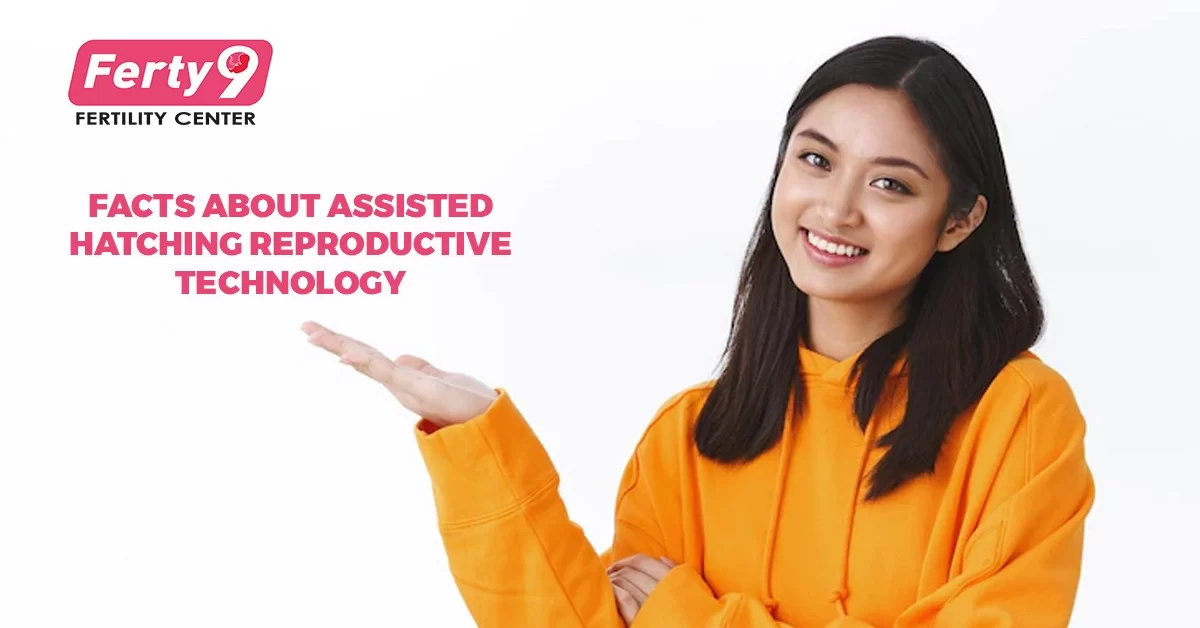Facts About Assisted Hatching Reproductive Technology
A fertility doctor in Hyderabad knows the nitty-gritty of Assisted Hatching. It does help to consult the best fertility specialist in Hyderabad for all details about its procedure.
Assisted hatching (AH) is considered to be a micromanipulation procedure in which a hole is made in the zona pellucida just before embryo transfer to facilitate the hatching of the embryo. Although AH has not been demonstrated definitively to improve live birth rates, AH may instead be made used for older women or couples who have had unsuccessful prior IVF attempts. Fertility doctors in Hyderabad can be approached to know more about this fertility measure.
Assisted reproductive technology does treat infertility and the treatment rather involves both a man’s sperm as well as that of a woman’s egg. The procedure does begin by extracting eggs from a woman’s body and then of course fusing them with sperm to generate embryos. This embryo is transferred back into the woman’s body. The best fertility specialist in Hyderabad knows it all.
Assisted hatching (AH) entails a procedure in which the zona pellucida (outer covering) of the embryo is rather partially opened, usually by application of an acid or laser, to facilitate embryo implantation as well as pregnancy. Assisted reproductive technologies (ART) involve treatments that include the handling of eggs and/or embryos.
Studies suggest that assisted hatching might help improve pregnancy chances for certain groups of patients. Assisted hatching may help improve pregnancy chances in women who have failed to get pregnant in previous IVF cycles and those with a poor prognosis (who are not likely to conceive).
What further entails Assisted Hatching procedure?
Assisted hatching has been acknowledged as being a laboratory procedure that is at times done along with in vitro fertilization (IVF) treatment. IVF tends to involve mixing eggs with sperm in a laboratory (as opposed to within a woman’s body such as in natural conception). Eggs are indeed considered fertilized when a sperm succeeds in penetrating the woman’s egg. During IVF, the fertilized eggs are monitored for 3 to 6 days as they do divide as well as develop into embryos. The best embryo can then be placed into the woman’s uterus (embryo transfer) in the hope of helping her become pregnant or it can be indeed frozen for future use. While the embryo develops, it is surrounded by cells that make up a protective shell (zona pellucida). The embryo naturally does break out of this shell as it tends to grow. Occasionally, the doctor may rather enquire the laboratory to prepare a small “crack” in the outer shell of the embryo before it is placed into the woman’s body (assisted hatching). The hope is that assisted hatching may help the embryo expand, get implanted into the uterine wall, and finally cause pregnancy.
Can assisted hatching cause problems with embryos or pregnancy?
Rarely, assisted hatching can rather damage the embryo, thus making it unusable. The risk for identical twins might be a bit enhanced when assisted hatching is applied. Medical complications are higher in similar twin pregnancies than in normal, singleton pregnancies.
Medicines such as antibiotics as well as steroid hormones are sometimes prescribed around the day of the assisted hatching as well as embryo transfer. Uncommonly, side effects can indeed occur from the use of such medications.
Does a person benefit from assisted hatching?
Experts do not recommend the use of assisted hatching in the case of all patients undergoing IVF treatments to conceive. Assisted hatching may also help improve pregnancy chances in women who have failed to get pregnant in previous IVF cycles and those having a poor prognosis (who may conceive).
The healthcare provider can help determine if assisted hatching is useful or not.

Write your message

